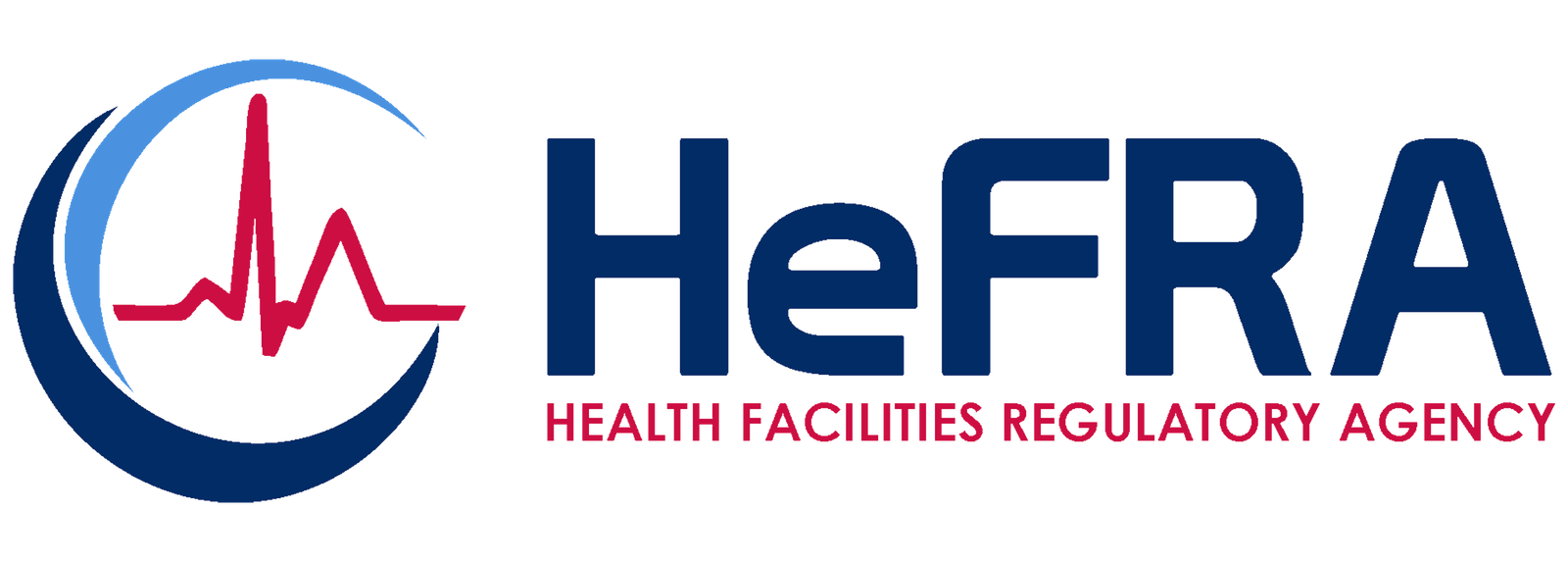
Understanding Motor Developmental Milestones in Children
Every child grows at their own pace, but there are certain key skills—known as motor developmental milestones—that most children reach around similar ages. These milestones are important indicators of your child’s muscle strength, coordination, and nervous system development [1][6].
Image: Every child grows at their own pace
What Are Motor Developmental Milestones?
They are physical skills babies and young children develop in a predictable sequence as they grow. These can be divided into:
- Gross Motor Skills – movements that use large muscles (e.g., sitting, crawling, walking).
- Fine Motor Skills – smaller movements that use the hands and fingers (e.g., grasping toys, picking up small objects) [20][24].
Image: Sitting without support
Typical Gross Motor Milestones
| Age RangeExpected Skills | |
| 0–3 months | Lifts head when on tummy, kicks legs actively, brings hands to mouth. |
| 4–6 months | Rolls from tummy to back, holds head steady, starts sitting with support. |
| 7–9 months | Sits without support, rocks on hands and knees, may begin crawling. |
| 10–12 months | Pulls to stand, cruises along furniture, may take first independent steps. |
| 12–18 months | Walks independently, stoops to pick up objects, may start climbing. |
| 2 years | Runs, kicks a ball, climbs onto furniture independently. |
| 3 years | Pedals a tricycle, jumps with both feet, climbs well. |
(Remember: Some children may reach these earlier or later—slight variations are normal.) These expected gross motor progression patterns align closely with widely accepted benchmarks from organizations like the CDC and AAP [5][19], and generally correspond to patterns documented internationally, including in the WHO’s motor development research [1][18].
Image: Early detection allows for timely intervention
Why These Milestones Matter
Tracking motor development helps identify any delays early. Early detection allows for timely intervention, which can greatly improve outcomes [5][10].
When to Seek Professional Advice
Speak to a physiotherapist or pediatric specialist if:
- Your baby isn’t holding their head up by 4 months.
- They can’t sit without support by 9 months.
- They aren’t walking by 18 months.
- You notice stiffness, weakness, or asymmetrical movements.
These “red flag” markers are generally supported by global pediatric guidelines [5].
Image: Consult with a doctor or physiotherapist
How Physiotherapy Can Help
If your child shows delays or unusual movement patterns, pediatric physiotherapy can:
- Strengthen weak muscles.
- Improve balance and coordination.
- Teach movement skills in a safe, fun way.
- Support parents with home exercise ideas.
Image: Support
Early intervention through therapists is a recognized standard approach in developmental care [19].
Bottom line: Every child’s journey is unique, but knowing the milestones gives you a helpful guide. If you’re ever unsure, seeking professional advice can bring peace of mind and the right support for your little one’s growth.
References
- World Health Organization (WHO). Motor development milestones — tables and graphs presenting age windows for gross motor milestones. Available via WHO Multicentre Growth Reference Study (MGRS) [1][18].
- UNICEF Ghana & Ministry of Gender, Children and Social Protection. Early Childhood Care and Development Standards (0–3 years) — national standards guiding developmental milestones and caregiving support in Ghana [6].
- Barlow, K. G. & Reynolds, S. (2018). "A Mixed-Methods Study Examining Developmental Milestones and Parental Experiences in Ghana". The Open Journal of Occupational Therapy — culturally specific insights on Ghanaian developmental norms [2][12].
- Centers for Disease Control and Prevention (CDC). Learn the Signs. Act Early. — milestone tracking guidance, screening timelines, and red-flag markers [5].
- NAPA Center pediatric physical therapist (Cait Parr, PT, DPT). “Gross Motor Skills by Age: Developmental Milestones & Examples” — comprehensive progression guidelines [19].
- Study in Ashanti Region, Ghana (2023). Maternal knowledge of developmental milestones is low, and health practitioners are key information sources [8].
- Brown Health (Children’s Hospital). “Children’s Developmental Milestones: Gross and Fine Motor Skills” — detailed milestone examples [9].
- StatPearls / NCBI Bookshelf. Development Milestones — discussing motor skills among five domains of development [17].
- BACPEDS: Screening developmental delay in rural children—gross and fine motor as key domains [10].
- Parents.com article: “Motor skills in children” — overview of fine vs gross motor development and importance of early intervention [20].
- Verywell Family; Parents.com articles: insights into fine motor skills, typical progression, and parental support suggestions [24][21].
- Research on global developmental delay and variations in attainment age; sequencing of motor milestones in WHO-MGRS [26][18].

We Love to Educate for Free
But please do not self-medicate as wrong doses of even correct medications can cause serious complications like kidney failure and even death. You can talk to a LICENSED health professional (including medical doctors, specialists, physician assistants, clinical psychologists, nutritionists/dieticians, medical herbalists, etc) by downloading the Deluxe Hospital app here:










